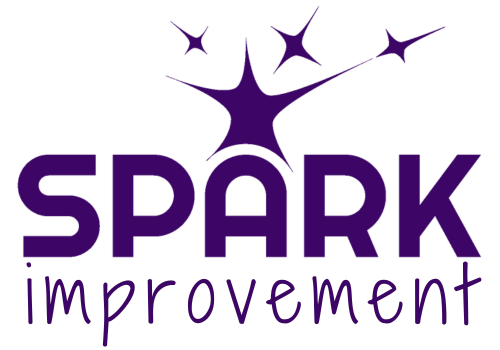So what is Kata?
In my last article I explained how I have recently discovered the missing link to my work in Continuous Improvement – Toyota Kata.
When I mention this to people, often the first questions they ask are:
‘Ok, but what is Kata? Is this another tool? Is this another version of Lean?’
Some have said:
‘Oh yes I’ve seen Kata. It’s just PDCA though isn’t it?’
To be honest, I thought all of those things before I really understood it.
I thought Kata Coaching would be a cool new skill, a new tool in my toolkit.
I wasn’t sure how it would ‘play’ with the other tools, principles, and frameworks that I commonly used, but I was keen to add something else to my repertoire.
Little did I know.
Kata is not a tool. It’s also not another version of ‘Lean’.
It’s about mindset, it’s about building habits, its about being better at using those tools. Better at being ‘Lean’.
So where did Kata come from?
Mike Rother and his team studied Toyota between 2004 and 2009 with the aim of finding out why Toyota were so successful with continuous improvement and adaptation.
So many companies across the world had seen Toyota’s success and attempted to copy their approach in order to replicate it in their own business.
However, very often this was unsuccessful. Companies created huge Value Stream maps, they 5S-ed their whole workspace, they implemented Kanban, they did all the ‘Lean’ things, but it just didn’t stick. Their culture did not change.
Mike Rother and his team had a hypothesis that the difference lay in Toyota’s management approach. So they went to study the organisation in depth.
I won’t go into detail here – Mike Rother does this far better in his books Toyota Kata and the Toyota Kata Practice Guide – but my interpretation, how I see this in my head, is shown in the image below.
Imagine an iceberg.
The part above the water, these are the visible things. We can see that Toyota have been wildly successful. We have all seen examples of their so-called ‘Lean’ tools, practises and principles.
We have all (that’s us in the little red boat) marvelled at the wonder of Toyota.
But it’s what we can’t see that really matters.
Those things under the water support and enable those visible artefacts.
Firstly, there is the systematic, scientific way of thinking and behaving, that Mike Rother and his team found to be prevalent at all levels within Toyota. They noticed that team members would take small, incremental steps and experiment their way forward, rather than jumping to conclusions.
Secondly, supporting this way of thinking and behaving, is the fact that at Toyota, the managers act as coaches, to teach their teams to think and act scientifically. The research team noticed that Toyota managers did not give their team members the answers, they did not use the typical ‘command and control’ routines traditional to Western organisations. Instead they coached with open questions, encouraging and guiding their staff to think and act with a scientific mindset.
So why is it called ‘Kata’?
Kata is a Japanese word meaning ‘form’. It is a term commonly used in martial arts to describe detailed, choreographed patterns of movement, practised to build mastery and skill and develop habits.
This principle, of short targeted routines, is common in learning.
🎹 In music we learn scales to perfect our notes.
⚽ In sport we practise drills to perfect and master particular skills.
Mike Rother used the term ‘Kata’ because he presents practise routines that can be used to develop the mindset, skills, and habits he observed at Toyota.
To help us develop the systematic, scientific way of thinking and behaving (the upper section of my underwater iceberg), he developed a behaviour model called the Improvement Kata.
To help us develop our coaching skills, focussed on helping people think and behave scientifically (the lower section of my underwater iceberg) he developed a set of concise questions called the Coaching Kata.
I’ll cover both of these in future articles, but for now I hope this has helped clarify what Kata is and where it originated from.
Are you on a journey discovering the power of Kata? If so I’d love to hear from you.


